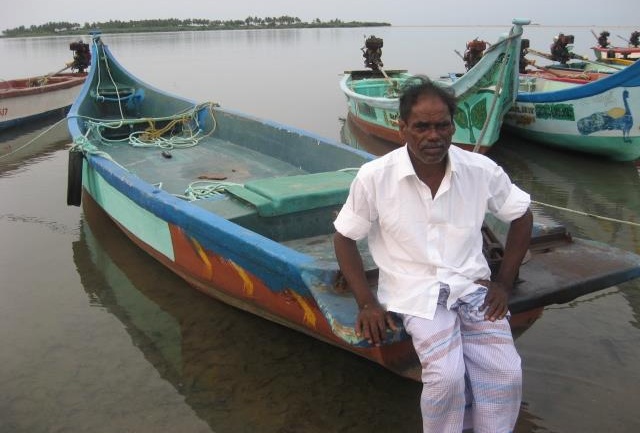Earlier this year, our ex-Kamaiya project in Nepal came to an end. We look back on some of our key achievements made possible by our supporters.
Before
Due to the great need in the far western region of Nepal, Habitat began working in three ex-Kamaiya communities. The ex-Kamaiya are formerly bonded labourers, who gained freedom in 2000, but still live in poverty. In all communities families lived in makeshift structures of plastic sheets, mud, cloth, and bamboo. Most houses were open to the elements and lacked sanitation facilities.
Although housing conditions were extremely poor, the most pressing development priority was water and sanitation. With next to no toilets in the area, families practiced open defecation in the nearby fields, jungle, and riverside areas. Not only is open defecation a health risk, but also increases privacy and safety concerns of women and girls in particular.
There was also not enough water for the families in each of the communities. Deforestation had dried up many of the surface water sources and the land became dry and infertile. It was left to the women and girls of the community to spend more than an hour each day queuing for water.
After
Well training and installation
By the end of the project, 437 households had been trained in well installation and a total of 153 hand dug wells had been installed along with 4 machine drilled wells. The community members provided “sweat equity” in the installation of the wells, by digging and by casting the concrete rings that line the wells. Now the families have an easy access source of water for drinking and cooking. Time saved, which otherwise would have been used collecting water, can now go towards income generation activities like farming of vegetable and cattle farming.
![]()

Toilet construction training
437 toilets were built through the project and all 437 households were trained on toilet construction. Community members also attended skills training in brick making and concrete rings, which were used in toilet construction. With the new toilets, more than 2,340 people now have access to their own toilets and no longer must practice open defecation.
![]()

Hygiene training
During community consultations, families expressed that knowledge of hygiene was limited and so, to build on the impact of having a clean, sanitary toilet, training was also carried out in the communities. Posters, brochures and pamphlets were distributed to households with helpful tips and information on hygiene, health and hand washing. This complemented the water, sanitation and hygiene training 777 community members received.
![]()

During these trainings, participants shared their current health and hygiene practices. Local trainers (trained by Habitat) then demonstrated basic hygiene habits for participants to follow. 437 households were provided with a sanitary kit including a bucket and dipper, a toilet brush, and soap.
![]()

Livelihood security
The community also discussed livelihood security and the areas they would like to receive training which would be most beneficial, practical and assist in earning a steady income. After discussions with the community livelihood training commenced.
- 90 people participated in fruit and vegetable growing for sale
- 65 people attended cattle rearing and goat farming
- 100 learnt candle making
- 50 were trained in brick making
![]()

Case study
Bhajjo and her husband Subba worked hard to build their three child with a very modest home. However, their home, like most in the community did not have a toilet or proper sanitation. This meant the family had to defecate along the riverbank or in the fields, and often fell ill due to improper sanitation. Bhajjo described defecating outside as “humiliating” and “unbearable.”
With the help of Habitat they have been able to build a toilet for their family. Bhajjo tells us the result has been transformative.
“Getting a toilet has saved me and my family from a lot of shame we otherwise had to face. We are now aware how having a toilet makes the environment clean, thereby reducing the risk of diseases. We feel very safe as we don’t have to go to the jungle and put ourselves in such vulnerable situation. Earlier, the children used to defecate around the house but now they use the toilet.”
![]()



